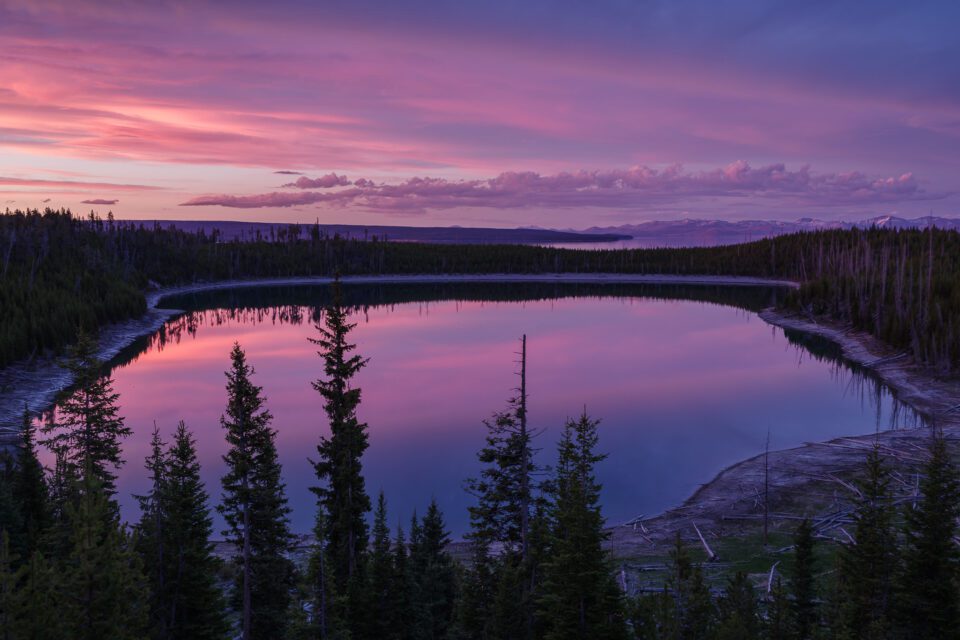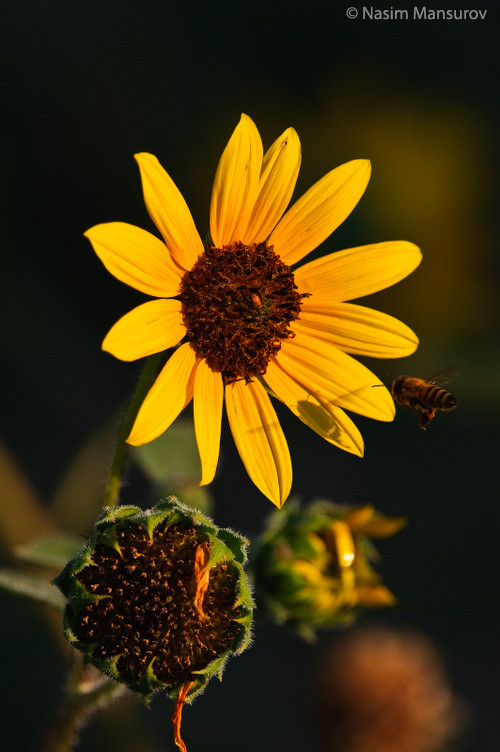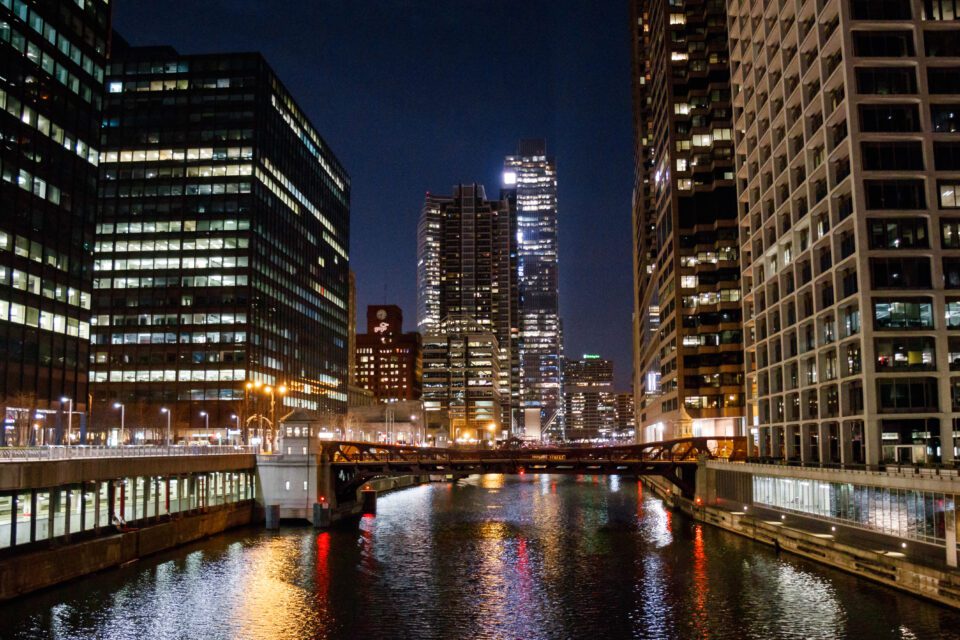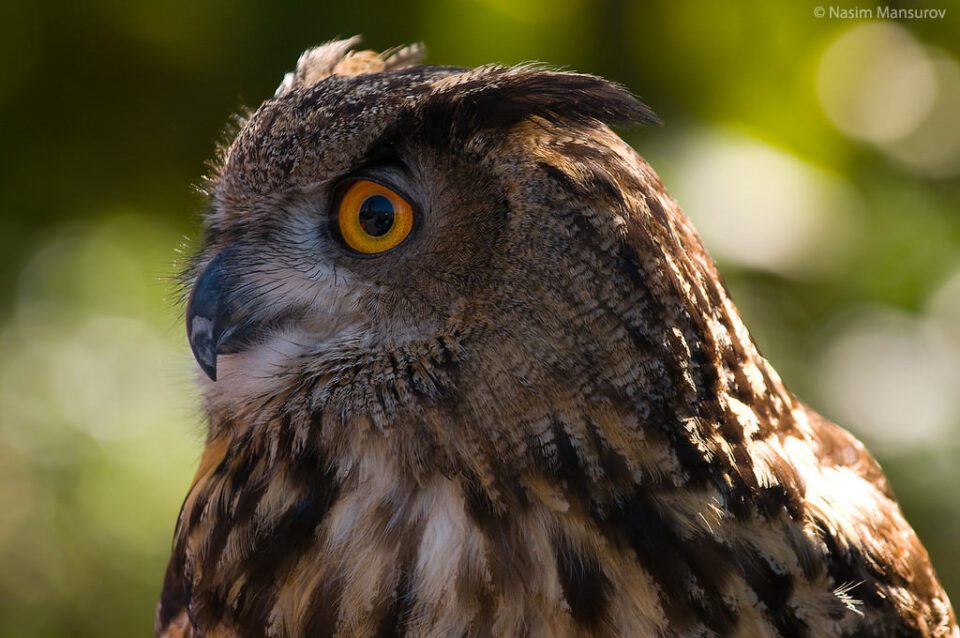How to Get Sharp Photos
Every photographer wants to take sharper pictures. Here's how to capture insane detail in every shot, start to finish.

One of the things that makes photography frustrating is softness and blur in pictures. Sharp photos are much more appealing than soft images. It is very disappointing when you take a picture of a special moment and images come out soft/blurry or out of focus. So, in this article, I will go through the techniques I use to make sure that my images always come out tack sharp.
Let’s start with the reasons why an image might come out blurry:
In order to resolve these issues, you need to address them all at the same time, which will help achieve optimal sharpness. There are a few other causes of blurry photos, too, which I will cover below.
 Sunset at a Lake in Yellowstone
Sunset at a Lake in Yellowstone
Every photographer wants to take sharper pictures. Here's how to capture insane detail in every shot, start to finish.
One of the things that makes photography frustrating is softness and blur in pictures. Sharp photos are much more appealing than soft images. It is very disappointing when you take a picture of a special moment and images come out soft/blurry or out of focus. So, in this article, I will go through the techniques I use to make sure that my images always come out tack sharp.
Let’s start with the reasons why an image might come out blurry:
- A long shutter speed can capture camera shake, which would produce a blurry image
- Your subject could be moving and causing motion blur, made worse by a long shutter speed
- Poor focus acquisition would result in a soft image
- You might have a bad lens or a lens that is not capable of producing sharp photos
- Your ISO could be set to a very high number, resulting in lots of noise and loss of detail
In order to resolve these issues, you need to address them all at the same time, which will help achieve optimal sharpness. There are a few other causes of blurry photos, too, which I will cover below.
 Sunset at a Lake in Yellowstone
Sunset at a Lake in Yellowstone

 NIKON D300 @ 280mm, ISO 200, 1/1600, f/4.0
NIKON D300 @ 280mm, ISO 200, 1/1600, f/4.0


تعليق